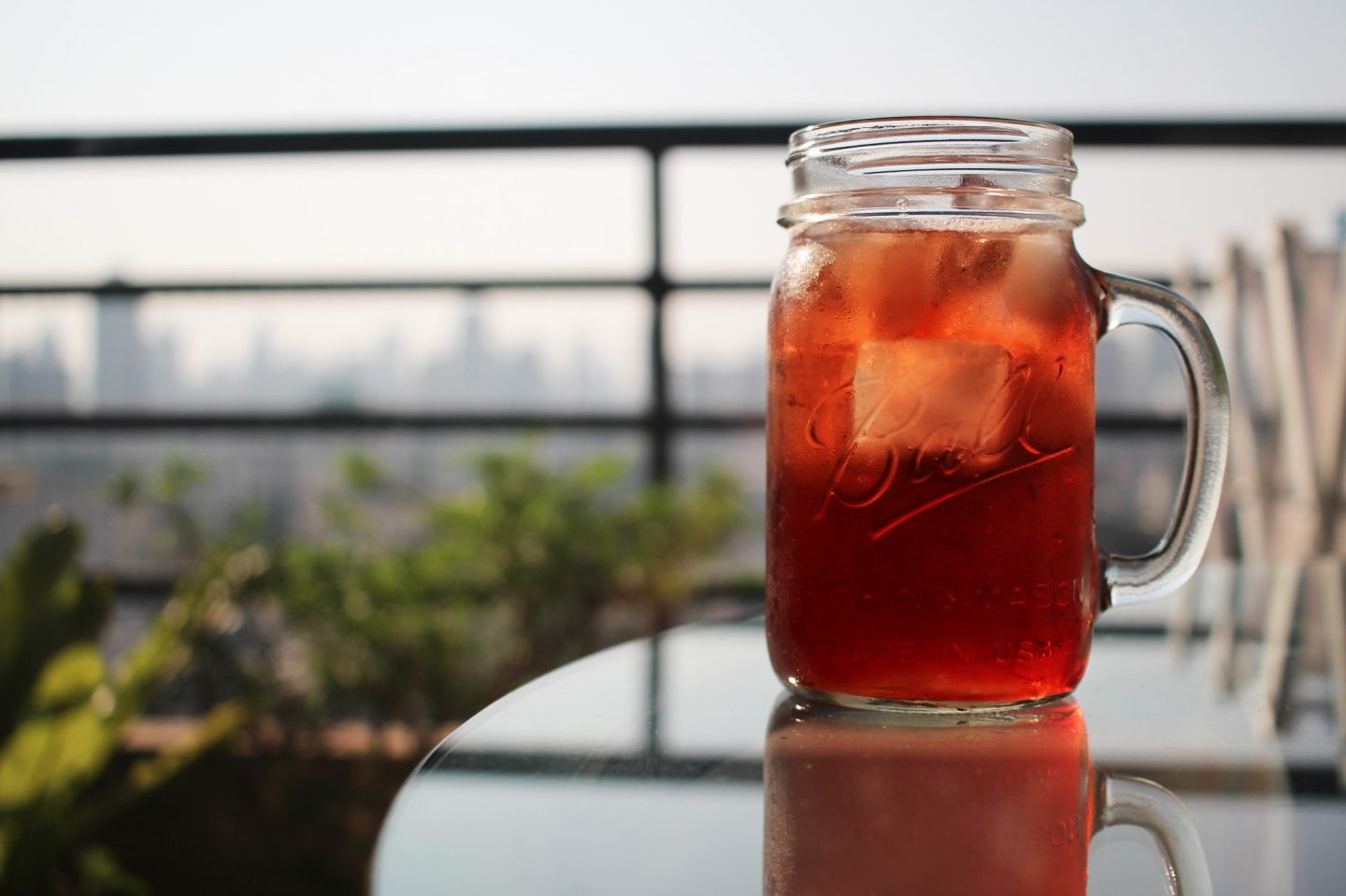Kombucha (kôm’booCHa)
Kombucha is a lightly effervescent drink comprised of fermented black or green tea, some sweetener and live cultures (referred to as a “Scoby”). Today Kombucha often has other ingredients added such as juice, spices, fruit, alcohol, etc.
Uncertain Origins
The following are examples of the most cited origins for Kombucha.
Manchuria – 221 B.C.
Allegedly the first documented case of Kombucha was during the Qin Dynasty. Emperor Qin Shi Huangdi was served Kombucha to keep him young and healthy. At this time it was called “The Tea of Immortality” or “Elixir of Life”.
Japan – 414
Dr. Kombu, a Korean physician brought Kombucha to Japan as a cure for Emperor Inkyo (What he needed to be cured of is not stated). Some think that Kombucha got its name from this Korean doctor; Kombu (the name of the doctor) and cha (the Japanese word for tea), referring perhaps to Dr. Kombu’s tea.
Other potential origins for the name come from this period as well. Some postulate that the name is a loan word of sorts from the Japanese Kombu (a type of brown seaweed) and Cha (tea). During this period there was already a similar fermented kelp drink that went by this name.
Russia- 1913
Due to trade route expansion, the East Asian fermented tea made its way to Russia where it was referred to as “Kambucha”.
Germany – 1913 – 1915
In Germany, an epidemic was ravaging the populace. Researchers were sent to find a cure and discovered a Russian village with healthy peasants. Investigating the cause of these illness-free peasants they found that the only thing they all had in common was their homemade remedy, “Kambucha”. Once back in Germany the drink became known as “Kombuchaschwamm”.
In 1915 Dr. Rudolf Sklenar renewed interest in kombucha when he began to use it in his practice to treat patients. Kombucha is full of similar probiotics to those found in yogurt and boost immunity and overall health.
Kombucha in America
1917
Americans were introduced to Kmucha through goods confiscated from Russian and German prisoners of war during WWI.
Northern Europe – 1940
During WWII rationing contributed to the decline in the popularity and consumption of Kombucha. The shortage of tea and sugar supplies was detrimental as they are key to its production.
1960s
Kombucha made its comeback in the form of “Groovy Tea”. In California, Groovy Tea was brewed and consumed by the consumer in large quantities.
1995
America’s first and largest kombucha brand was founded by GT Dave after discovering kombucha’s effect on his mother’s fight against breast cancer.
Kombucha Today
Today the Kombucha industry continues to grow. In 2014 sales hit over $400 million dollars with around 30% annual sales growth, a rarety in the beverage industry. With over 180 companies in the market today, Kombucha sales are projected to hit 2.5 billion dollars by 2022 and 4 billion by 2024.
Fun Facts
- Kombucha is the subject of a recent viral meme
- SCOBY stands for Symbiotic Culture Of Bacteria and Yeast.
- Kombucha is made by combining tea and sugar with a culture of fungus and bacteria.
- When kombucha culture is dried it forms a textile called microbial cellulose. This textile feels similar to well-worn leather and can be made into a variety of things. For example, it can be made into jackets, shirts, shoes, bags, and more!
- Kombucha contains alcohol! However only a minimal amount. Average store-bought levels fall somewhere under .5%.
https://www.forbes.com/sites/christinatroitino/2017/02/01/kombucha-101-demystifying-the-past-present-and-future-of-the-fermented-tea-drink/#513a2ee94ae2 https://en.wikipedia.org/wiki/Kombucha https://www.kombuchakamp.com/what-is-kombucha/history-and-legends-of-kombucha https://www.britannica.com/topic/kombucha https://www.brewdrkombucha.com/blog/the-history-of-kombucha/ https://folklife.si.edu/magazine/cloudy-origins-of-kombucha https://www.drinkpreneur.com/beverage-howto/the-history-of-kombucha/ https://www.tastemade.com/articles/7-things-you-may-not-know-about-kombucha


Note the continuing importance of fermentation in food preparation over thousands of years